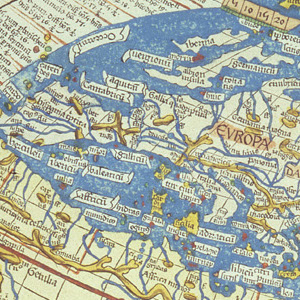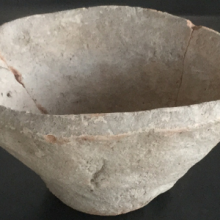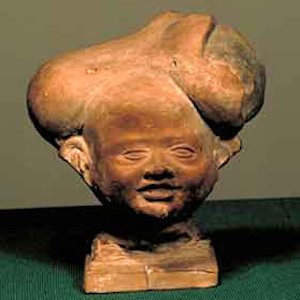Ancient (before 500 CE)
The Book of Rites, The Birth of a Child
The "Patterns of the Family," is drawn from The Book of Rites, a text that defined Confucian rituals of all kinds.
The Book of Rites, Early Education and Gender Differentiation
In early China, aristocratic boys are said to have studied the Asix arts. Specifically, this referred to ritual, archery, charioteering, music, writing, and mathematics, all skills associated with government, warfare, and religious and court ritual.
Learning begins in the Womb: Fetal Instruction
Han dynasty intellectuals such as Liu Xiang (c. 77-6 BCE) advocated "fetal instruction" [taijiao] as a means to influence the moral development of the child at the earliest possible opportunity.
Mourning Rituals for Deceased Children
This moving tribute, carved in the stone of an elaborate shrine, honored a five-year-old boy who died in 170 CE.
The Child as Microcosm
In this passage, fetal development is described in terms of Daoist cosmogony in which all things in the universe emerge from one source, the Dao (meaning "the Way").
The Child in Early Chinese Social Hierarchy: The Biography of Li Shan
The society of early China was organized into a hierarchy where elders were generally deemed superior to and expected deference from their juniors, principles that also guided the relationship between men and women, parents and children, and nobles and commoners.

Ptolemy's World Map
Claudius Ptolemy lived in the city of Alexandria in Egypt from about 100 to 170 CE. At that time Egypt was a Roman province and Ptolemy may have been a Roman citizen.

Short Teaching Module: Bevel-Rimmed Bowls
The main point in discussing bevel-rimmed bowls in the classroom is that artifacts are as useful as texts in researching ancient societies.

Bevel-Rimmed Bowl
This is a Uruk period bevel-rimmed bowl from Habuba Kabira South, now present-day Syria. This bowl was most likely made between 3400 and 3200 BCE. These kinds of bowls can be found along the Tigris and Euphrates Rivers into central Syria and Anatolia, and eastward into Iran.

Terracotta Smiling Children Heads
These two terracotta heads of smiling children stem from excavations at Bulandi Bagh in Patna, India. The molded figures, about 10 cm. (4 in.) high, are rare and significant, both because of their naturalistic facial expressions and technical artistry.